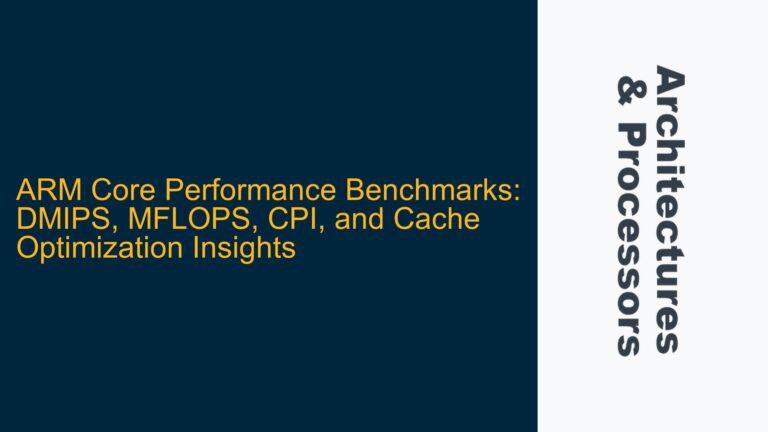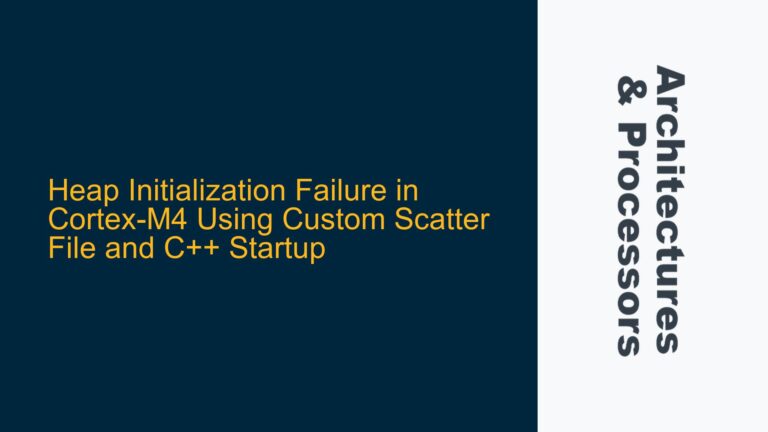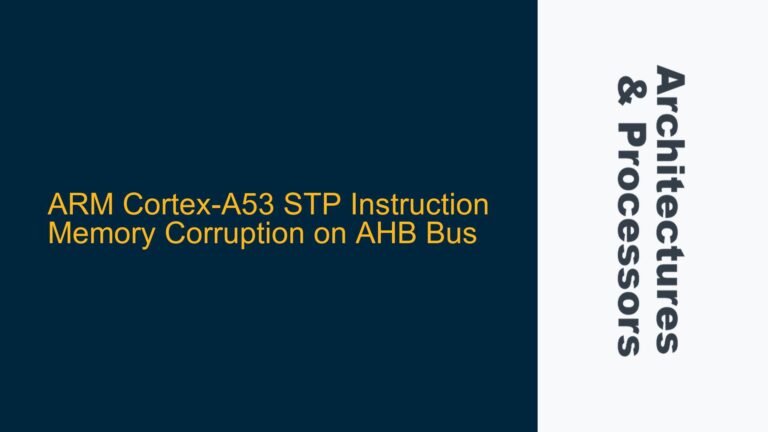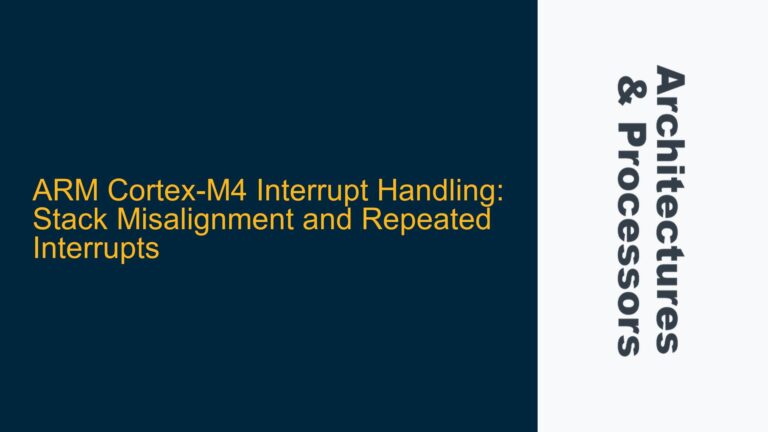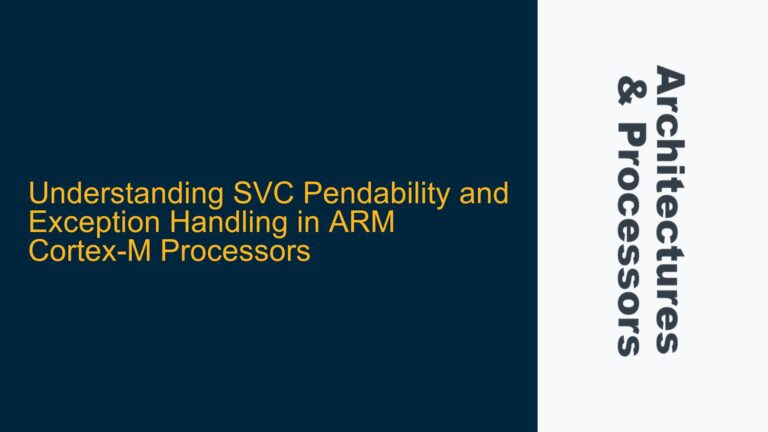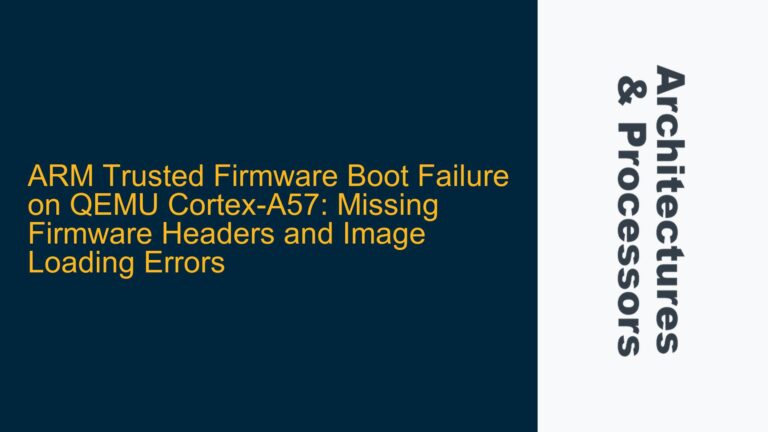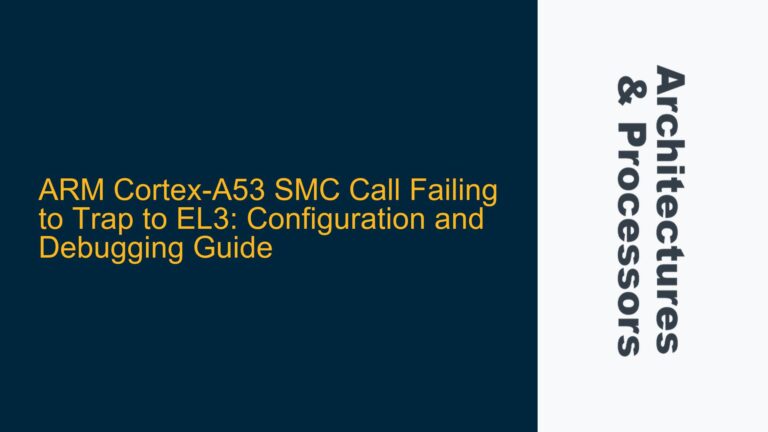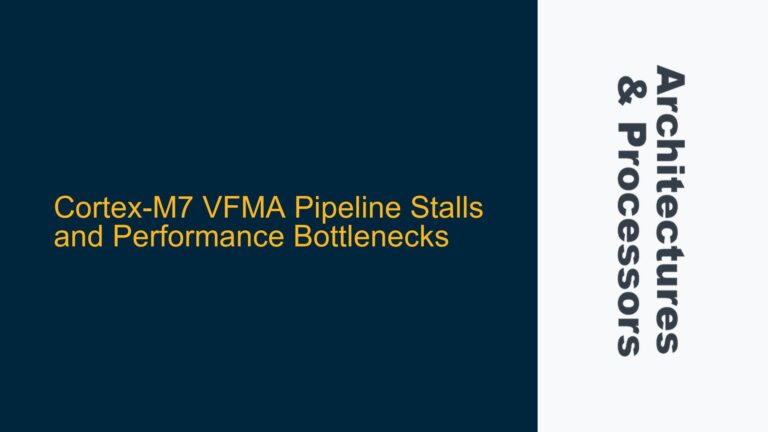ARM Cortex-M7 Slower Than Cortex-M4 in Audio Algorithm Execution
ARM Cortex-M7 Cache and Memory Configuration Impact on Performance The ARM Cortex-M7 is a high-performance processor designed for applications requiring significant computational power, such as digital signal processing (DSP) and real-time audio processing. However, in this case, the Cortex-M7 running at 300 MHz is underperforming compared to a Cortex-M4 running at 168 MHz when executing…

